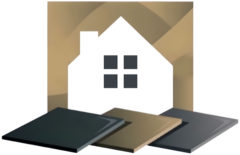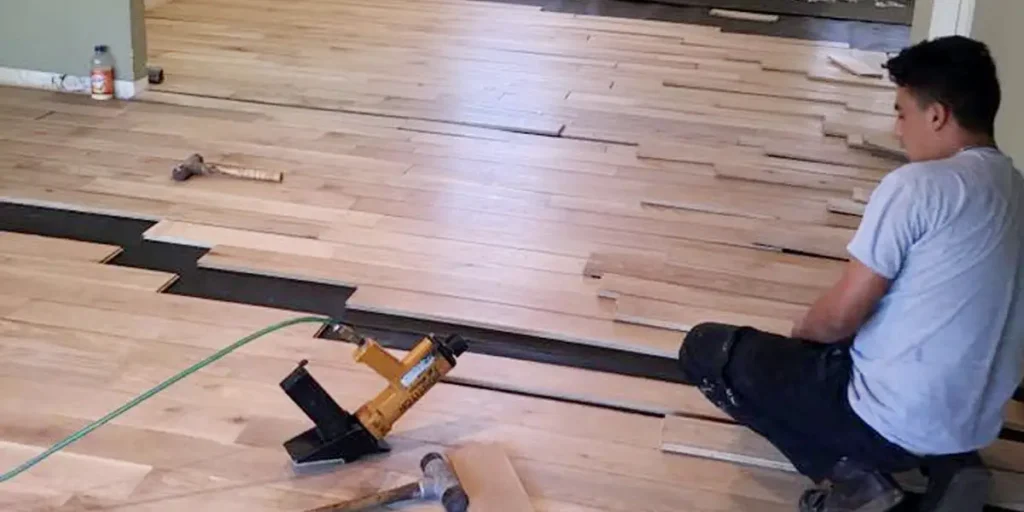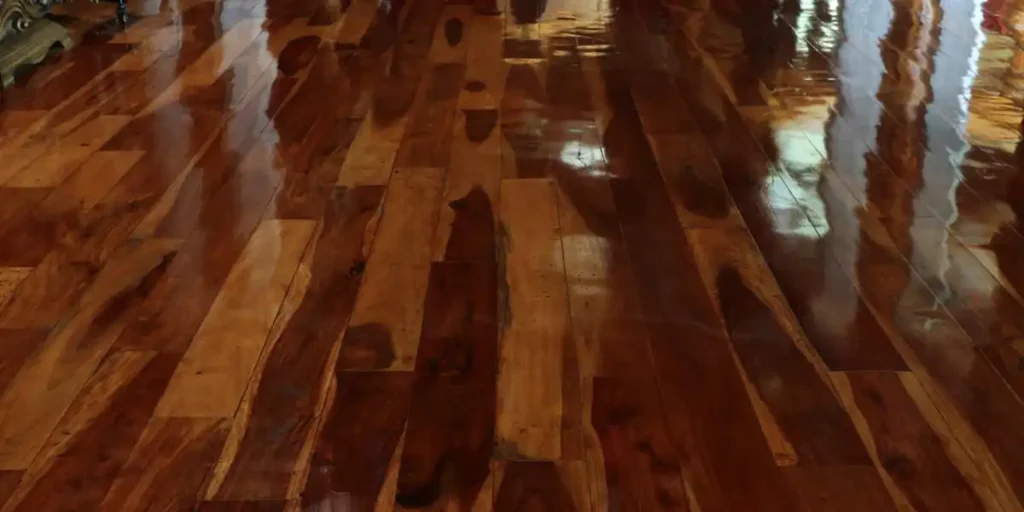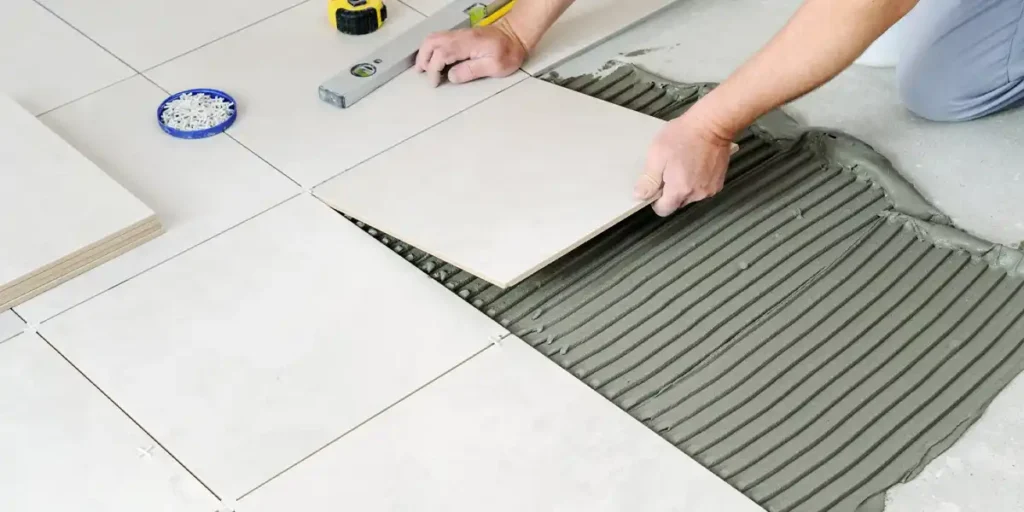Laminate flooring is known for its durability and longevity, but sometimes it’s necessary to remove it. Whether you’re renovating, upgrading, or replacing damaged planks, understanding how to remove laminate flooring efficiently can save time and effort. This guide provides a detailed, step-by-step approach to tackling this task with minimal hassle and maximum results.
Why Remove Laminate Flooring?
Understanding the reasons for removing laminate flooring helps you approach the task with clarity. There are several scenarios where this becomes necessary:
1. Upgrades or Renovations
Flooring trends evolve, and your personal tastes may shift over time. You may decide to replace older laminate flooring with more modern options like hardwood, luxury vinyl, or even new laminate designs. Renovations provide an opportunity to transform your space while addressing outdated materials.
2. Damage
Although laminate flooring is built for durability, it is not immune to issues like water damage, deep scratches, or wear and tear over time. Damaged planks can compromise the appearance and functionality of the flooring, making replacement the most practical solution.
3. Subfloor Repairs
Subfloor problems such as cracks, uneven surfaces, or moisture buildup may require removing the laminate to inspect and repair the foundation. Proper subfloor preparation ensures the longevity and stability of any new flooring installed afterward.
Being clear on why you’re removing the flooring will help you choose the appropriate tools, techniques, and disposal methods.
Tools You’ll Need
Removing laminate flooring efficiently and safely requires the right tools. Here’s a comprehensive list of what you’ll need and why each tool is important:
-
Pry Bar
Essential for lifting planks and removing baseboards without causing damage.
-
Utility Knife
Used to cut glued laminate into manageable sections for easier removal.
-
Hammer or Mallet
Useful for tapping tools into place or loosening stubborn planks.
-
Screwdriver
Ideal for detaching screws in baseboards or trim.
-
Protective Gear
Gloves and goggles are crucial to protect against sharp edges, splinters, and debris.
-
Scraper
Removes adhesive residue, ensuring a clean surface for new flooring.
-
Trash Bags or Bins
Keeps the work area tidy by collecting debris and removed materials.
-
Adhesive Remover
For dissolving stubborn glue left behind after removing glued laminate flooring.
Having these tools readily available streamlines the process, reduces the risk of damage, and ensures a safe working environment.
Step-by-Step Guide: How to Remove Laminate Flooring
Removing laminate flooring involves a series of carefully executed steps to protect both the subfloor and surrounding areas.
Step 1: Prepare the Room
Preparation is the foundation of a successful removal process. A well-prepared workspace minimizes the risk of damage to walls, baseboards, and furniture.
- Clear the Space: Move all furniture, rugs, and décor out of the room to create a clutter-free environment.
- Protect Walls and Baseboards: Use painter’s tape, cardboard, or plastic sheeting to prevent scratches or dents during the removal process.
- Inspect the Flooring: Determine whether the laminate is floating or glued down. Floating laminate is easier to remove, while glued laminate requires more effort and specific tools.
Proper preparation not only makes the task easier but also ensures you won’t overlook potential issues such as moisture or structural damage.
Step 2: Remove Baseboards and Trim
Baseboards and trim must be removed carefully to access the edges of the laminate flooring.
- Loosen with a Pry Bar: Insert the pry bar gently beneath the baseboards and apply steady pressure to lift them without breaking.
- Label for Reuse: If you plan to reinstall the baseboards later, label each piece according to its position in the room for easier reinstallation.
Taking care with this step avoids unnecessary replacement costs and preserves the trim for future use.
Step 3: Start at the Edge
Begin removing the laminate flooring from one edge of the room, usually near a wall or corner.
- Locate the First Plank: Identify a loose plank or a starting point at the room’s perimeter.
- Loosen the Plank: Use a pry bar to gently lift the edge of the first plank, ensuring you don’t damage the subfloor beneath.
Starting at the edge allows for a methodical approach, ensuring you can work row by row without confusion.
Step 4: Remove Floating Laminate Flooring
Floating laminate is easier to remove because it’s not glued to the subfloor.
- Lift and Unlock: Raise the planks at an angle to release them from the click-lock mechanism.
- Work Row by Row: Continue lifting and unlocking planks systematically, stacking them neatly for disposal or reuse.
- Inspect the Subfloor: After removing each row, check the subfloor for any signs of damage, moisture, or debris.
This method is straightforward and efficient, making it the preferred choice for DIY enthusiasts.
Step 5: Remove Glued Laminate Flooring
Glued laminate flooring requires additional effort due to the adhesive securing it to the subfloor.
- Cut into Sections: Use a utility knife to divide the laminate into smaller, manageable pieces.
- Loosen the Adhesive: Slide the pry bar under each section, applying steady pressure to lift the planks from the subfloor.
- Clean Residue: Use a scraper or adhesive remover to eliminate any remaining glue, ensuring a clean surface for new flooring installation.
Patience and precision are key to avoiding damage to the subfloor during this step.
Step 6: Dispose of the Flooring
Proper disposal is an important yet often overlooked step in the process.
- Sort for Recycling or Disposal: Assess the condition of the planks. If they are undamaged, consider donating or reusing them.
- Follow Local Guidelines: Check local regulations for disposing of construction materials like laminate flooring.
Eco-friendly disposal practices benefit both the environment and your community.
Tips for Easy Laminate Flooring Removal
- Wear Safety Gear: Always protect your hands and eyes from sharp edges and flying debris.
- Use Proper Tools: Investing in high-quality tools ensures efficiency and reduces the risk of damage.
- Work in Sections: Breaking the task into smaller sections keeps the process organized and manageable.
- Ask for Help: Larger rooms or stubborn glue may require an extra pair of hands to speed up the process.
Common Mistakes to Avoid
Avoid these pitfalls to ensure a smoother and more efficient laminate flooring removal process:
- Skipping Preparation: Neglecting to clear the room or protect baseboards can lead to unnecessary damage.
- Using Excessive Force: Aggressive pulling can break planks and damage the subfloor.
- Ignoring Adhesive Residue: Failing to remove leftover glue can interfere with new flooring installation, leading to uneven surfaces.
Conclusion
Removing laminate flooring may seem like a daunting task, but with the right tools, techniques, and preparation, it becomes manageable and straightforward. Whether you’re upgrading your space, addressing damaged planks, or repairing the subfloor, following this step-by-step guide ensures minimal hassle and maximum efficiency.
Ready to transform your space with new flooring? Let Cardenas Flooring help you take the next step. Contact us today for expert advice, premium flooring options, and professional installation services that will elevate your home or business!
FAQs
Does Cardenas Flooring provide laminate flooring removal services?
Yes, Cardenas Flooring offers professional laminate flooring removal services. Our team ensures the process is efficient, thorough, and safe for your subfloor. Whether it’s floating or glued laminate, we use the right techniques and tools to complete the removal without causing unnecessary damage, preparing your space for its next transformation.
Can Cardenas Flooring remove glued laminate flooring?
Absolutely! Our experienced team specializes in removing glued laminate flooring. We use advanced tools and methods to safely loosen and lift the planks without harming the subfloor. Additionally, we meticulously clean any adhesive residue to ensure the surface is smooth and ready for new flooring installation, saving you time and effort.
Will Cardenas Flooring help with the disposal of old laminate flooring?
Yes, Cardenas Flooring handles the responsible disposal or recycling of your old laminate flooring. We follow eco-friendly practices and adhere to local regulations to minimize environmental impact. Whether the material is reusable, recyclable, or needs to be discarded, we ensure that the cleanup process is seamless and worry-free for you.
Does Cardenas Flooring inspect subfloors after laminate removal?
Yes, our team inspects the subfloor for damage, moisture issues, or irregularities after removing laminate flooring. This step is crucial to identify any problems that may need attention before installing new flooring. We provide expert recommendations and solutions to ensure your subfloor is in excellent condition for long-lasting results.
How long does it take Cardenas Flooring to remove laminate flooring?
The time required depends on the size of the space and the type of laminate installation. However, our skilled team works efficiently, completing most projects promptly without compromising quality. Contact us for a free estimate, and we’ll provide a detailed timeline tailored to your specific flooring removal needs.




